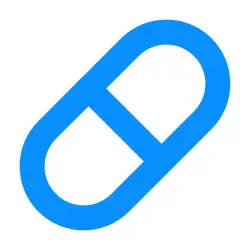Treatments (0)
Rosacea FAQs (6)
Rosacea is a common skin condition that causes redness, visible blood vessels, and sometimes pimples on the face. It typically affects the cheeks, nose, chin, and forehead. While the exact cause is unknown, it is believed to be linked to genetics, immune system issues, and environmental factors.
Symptoms of rosacea can vary but often include:
- Redness or flushing on the face
- Visible blood vessels (spider veins)
- Small, red bumps or pimples (resembling acne)
- Dry, irritated eyes
- Thickened skin (in severe cases, especially on the nose)
- Burning or stinging sensations on the face
The exact cause of rosacea is unknown, but several factors may contribute, including:
- Genetics: A family history of rosacea increases the likelihood of developing the condition.
- Immune system: An overactive immune system might cause inflammation and lead to rosacea.
- Environmental triggers: Hot weather, sun exposure, wind, spicy foods, alcohol, stress, and certain skincare products can trigger or worsen rosacea flare-ups.
Although rosacea cannot be completely prevented, you can manage triggers and reduce flare-ups by:
- Protecting your skin from the sun with sunscreen
- Avoiding known triggers, such as spicy foods, alcohol, and extreme temperatures
- Using mild skincare products and avoiding harsh exfoliants
- Keeping stress levels under control
To manage flare-ups, try the following:
- Use soothing creams or gels prescribed by your doctor
- Avoid triggers such as extreme heat, alcohol, and hot beverages
- Use gentle, fragrance-free skincare products
- Apply sunscreen daily to protect your skin from the sun
- Take oral medications if prescribed to control inflammation or infection
Without treatment, rosacea can worsen over time, leading to increased redness, thicker skin, or more frequent flare-ups. However, with proper treatment and lifestyle adjustments, symptoms can be managed, and flare-ups can be kept under control.

